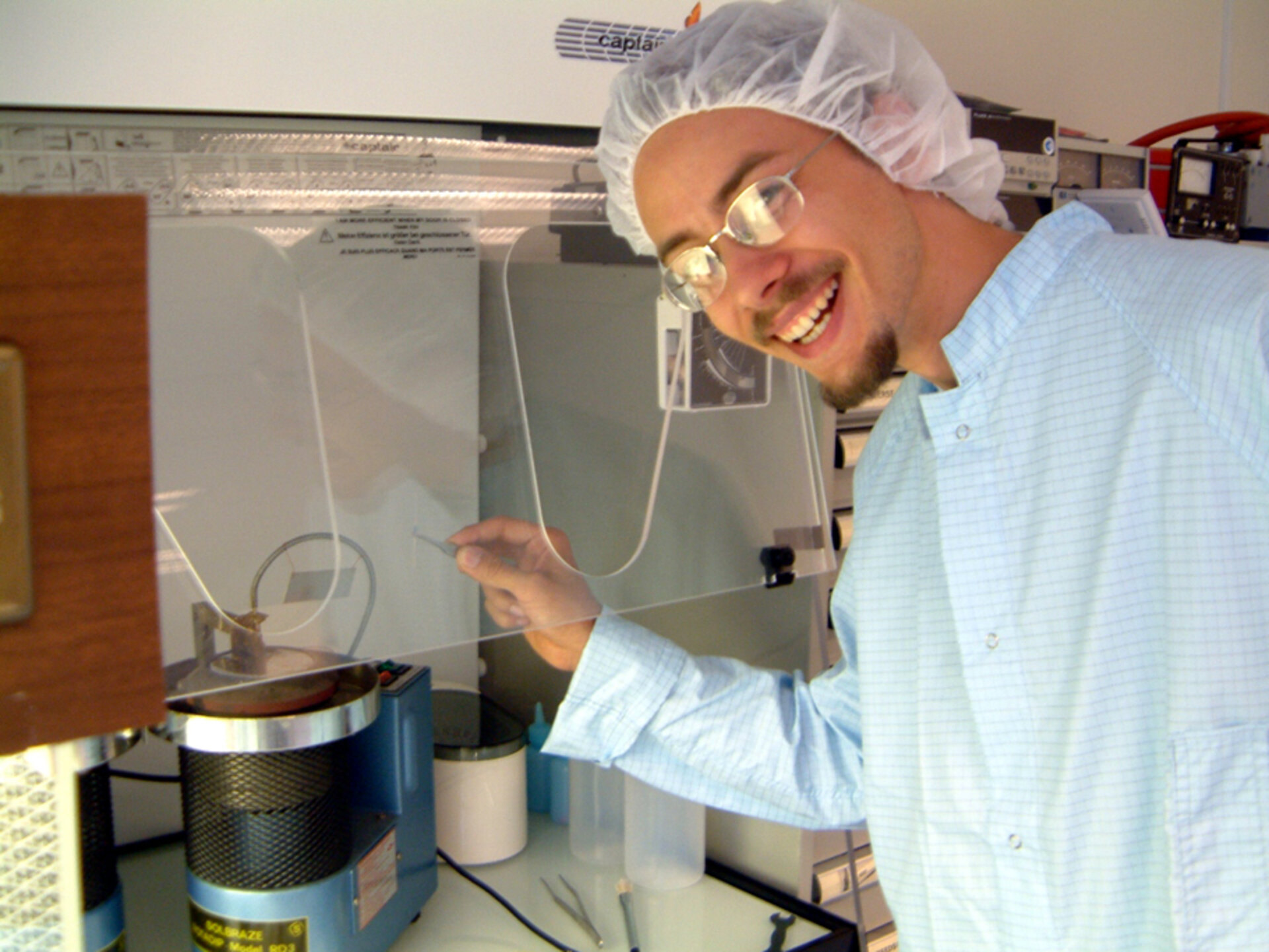How SSETI works
How can students working in 23 universities in 13 European countries, as well as Canada, manage to build a spacecraft? One of the many amazing things about SSETI is that it is the combined effort of 400 students most of whom rarely, if ever, meet. How is it done?
Many universities are capable of building hardware, but testing and integrating a whole spacecraft is beyond most of their means. So the SSETI Programme, with ESA’s assistance, set up a network of individuals and academic institutions and distributed the work among them. By harnessing the expertise present in Europe’s universities the SSETI Programme has built, and will launch into space, a pan-European student satellite.
The tools
Every effort is made to facilitate communication between students and help them remain in contact.
Internet Relay Chat (IRC) Chats take place weekly, using an IRC server, to enable all the teams to keep in touch. In this way they can exchange information, discuss problems, solutions and deadlines, and arrange future events. The weekly meetings are moderated by project leaders.
Newsgroup A news server is used to hold and track long-term discussions and decisions. This works in a similar way to email but is more visible so that everyone involved in the programme can follow developments.
FTP The numerous documents generated throughout the project are stored on a File Transfer Protocol (FTP). This means they can be readily accessed and exchanged.
SSETI website Built and maintained by one of the groups, the SSETI website enables students to keep up to date with events and the integration process by checking daily photo updates and the integration logbook.
Workshops Twice yearly workshops are held at ESTEC, ESA’s European Space Research and Technology Centre in the Netherlands. In general two representatives of each team attend. During the workshops students benefit from the advice of ESA experts and finally have an opportunity to meet and work with colleagues in other countries.
Paying for the spacecraft
Spacecraft do not come cheap so how can proverbially ‘poor’ students afford to build one? The answer is by giving their time for free. Highly dedicated students have been working day and night to get this project off the ground and into the air.
Their efforts have been aided by ESA, which has provided its facilities at ESTEC, the assistance of its experts and the project management staff. A number of European industries, impressed by the students’ efforts, have also provided advice and material.




